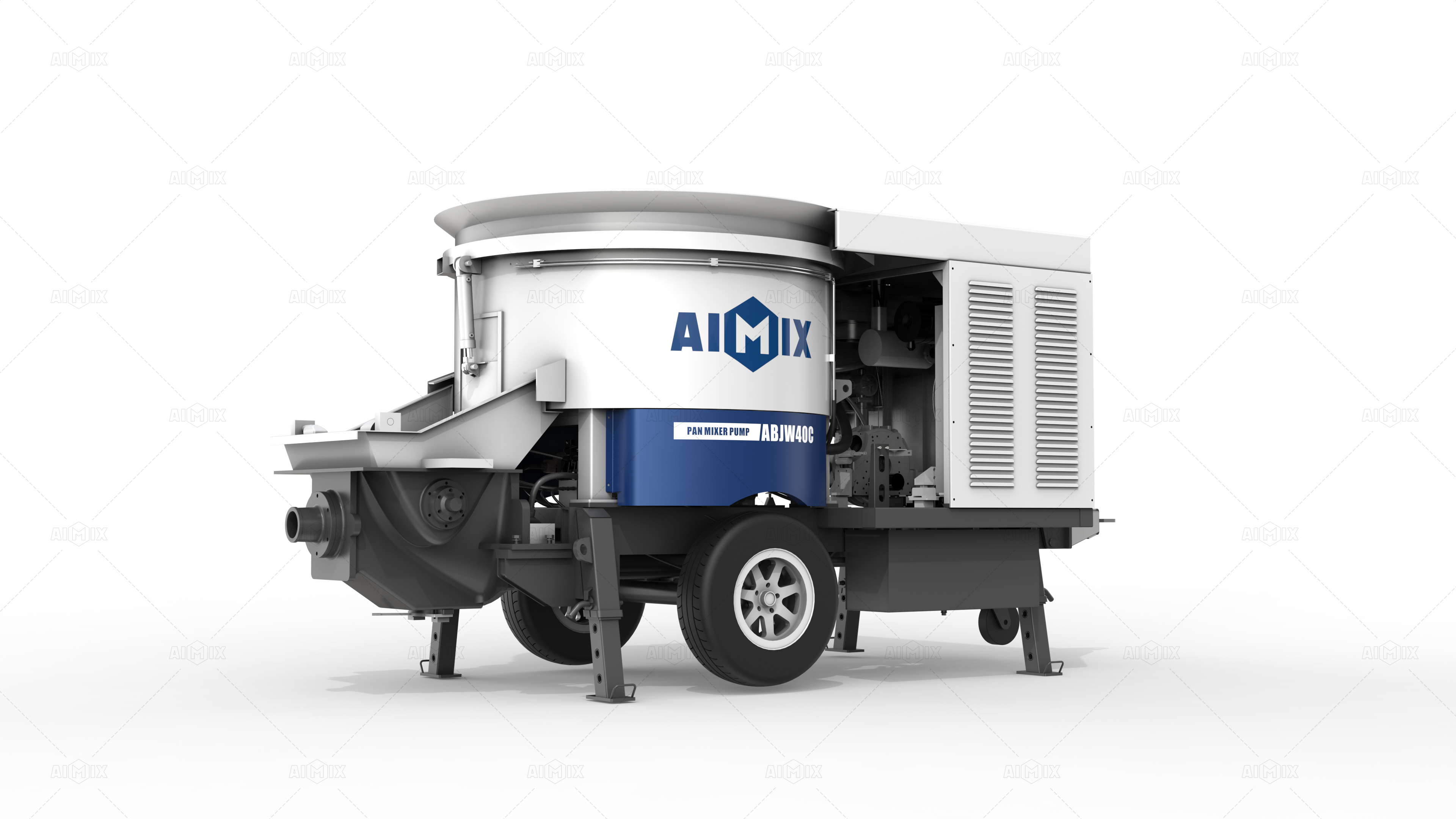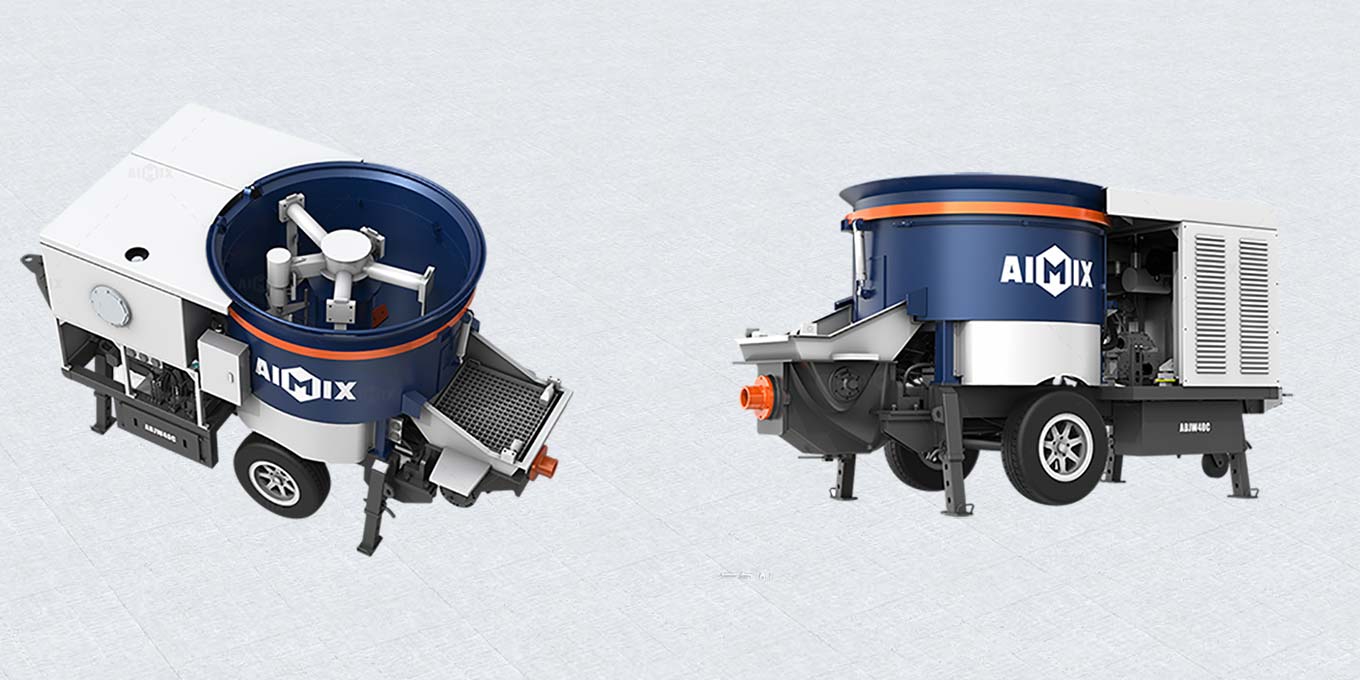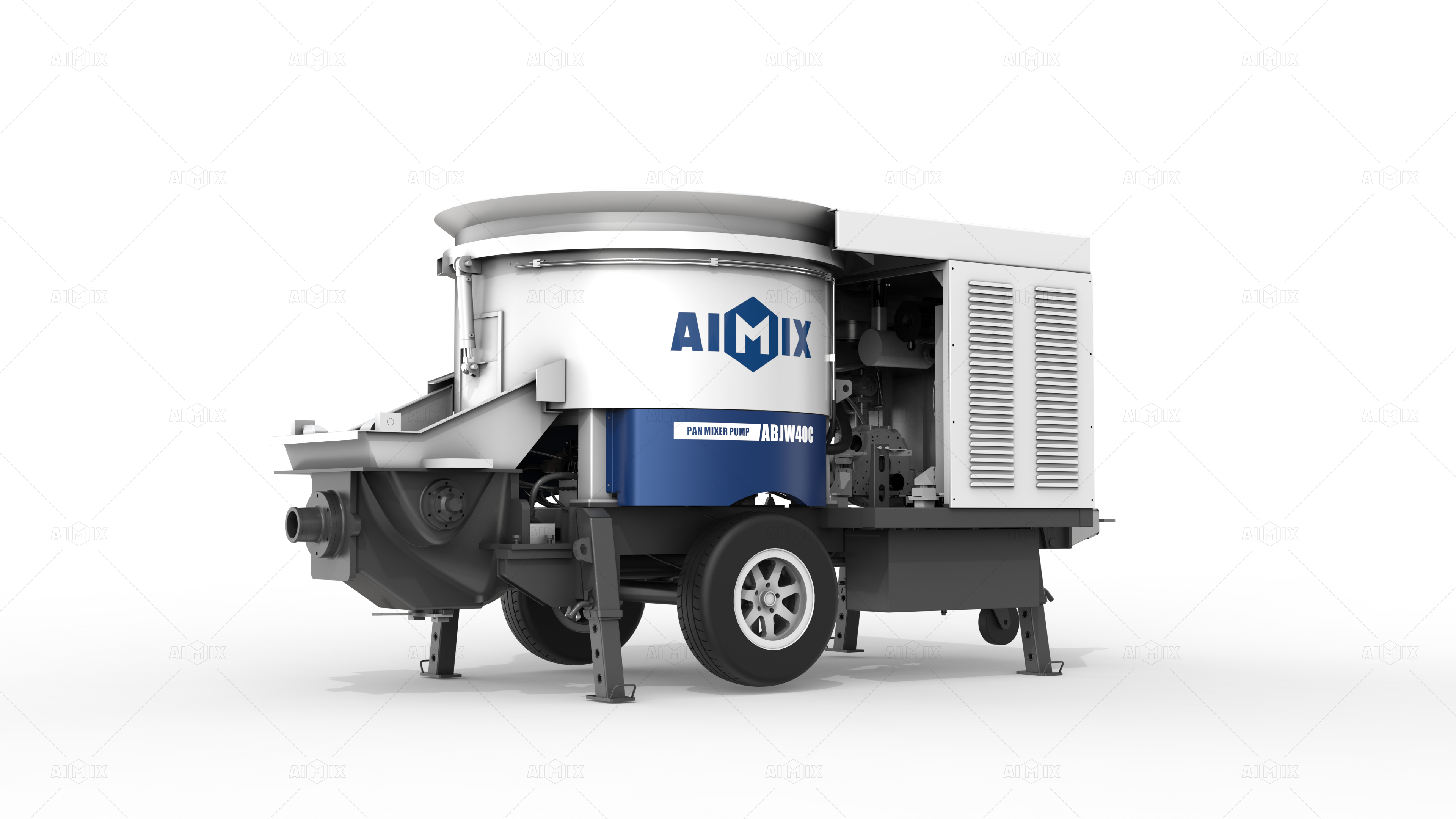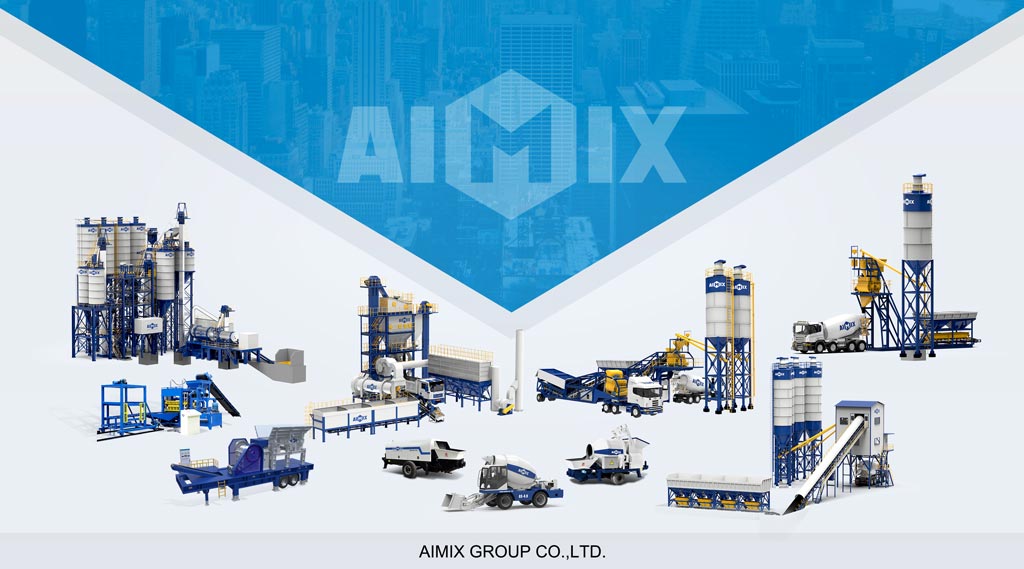The construction industry’s relentless pursuit of efficiency has birthed innovative hybrid systems like the pan concrete mixer pump equipped with Cyclone Submother Technology. This fusion promises to streamline concrete placement by integrating mixing and pumping functions, but its premium price tag warrants careful scrutiny. Industry experts have begun assessing whether its technological advantages justify the capital expenditure for modern contractors.
Understanding the Technology Behind Pan Mixer Concrete Pumps
How Cyclone Submother Technology Enhances Performance
At its core, the Cyclone Submother system revolutionizes material flow dynamics. Unlike conventional agitators, it employs a vortex-driven mixing chamber that achieves homogeneous consistency in 30% less time. The technology’s forced circulation pattern prevents material segregation—a frequent pain point in high-slump concrete applications.

Key Components and Their Operational Synergy
The system’s brilliance lies in its interdependent subsystems:
-
A helical pan mixer with variable tilt adjustment
-
Hydraulically-driven cyclone chambers for continuous material turnover
-
Smart pressure sensors that auto-adjust pumping velocity
This trifecta enables simultaneous mixing and pumping without the stop-start delays plaguing traditional setups.
Performance Evaluation in Real-World Applications
Efficiency Gains in Large-Scale Projects
At the Dubai Marina high-rise development, contractors reported a 22% reduction in labor hours compared to separate mixing and pumping systems. The continuous operation capability on the mobile concrete pump proved particularly valuable when pouring 1,200 cubic meters of reinforced slabs in a single 18-hour operation.

Comparative Analysis with Traditional Mixing Systems
Parameter | Conventional System | Cyclone Submother System
— | — | —
Batch Consistency | 85-90% Homogeneity | 97-99% Homogeneity
Fuel Consumption | 18L/hour | 14L/hour
Setup Footprint | 110m² | 65m²
The data reveals measurable improvements in both quality and operational economy, though the system demands higher operator expertise.
Investment Viability and Long-Term Value Proposition
Cost-Benefit Breakdown for Contractors
While the initial $180,000-$250,000 investment gives pause, the ROI timeline shortens dramatically for contractors handling:
-
Over 15,000m³ annual concrete volume
-
Projects with tight space constraints
-
Specialized mixes requiring precise consistency
The break-even point typically occurs within 18-24 months for mid-sized firms, factoring in saved equipment rental and labor costs.
Maintenance Considerations and Operational Longevity
The sealed cyclone chambers reduce wear on mixing blades, extending service intervals by 40%. However, the proprietary hydraulic system requires OEM-certified technicians—a potential drawback for remote operations. Early adopters recommend negotiating extended warranty packages to mitigate repair risks.
The verdict from industry analysts suggests this technology represents a paradigm shift rather than incremental improvement. For contractors regularly undertaking complex pours or operating in congested urban sites, the pan concrete pump with mixer for sale hybrid delivers transformative productivity gains. Smaller firms might await second-generation models with simplified maintenance protocols, but the underlying technology undoubtedly points toward construction’s automated future.
What remains undisputed is the system’s ability to eliminate two perennial challenges: the waiting time between mixing and pumping, and the quality loss during material transfer. As infrastructure projects grow more ambitious, such integrated solutions may transition from luxury to necessity.


Comments
No comments yet. Be the first to react!